Medical procedures >>>> How to fix an ingrown toenail without surgery?
How to fix an ingrown toenail without surgery?
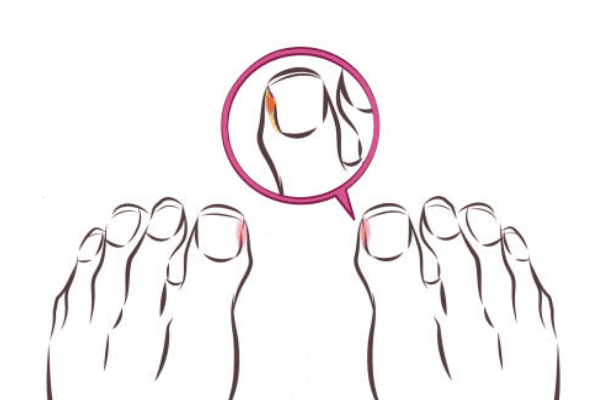
Surgical treatment of an ingrown nail is becoming an exception, and it has been replaced by a painless and patient-friendly procedure for correcting an ingrown nail forever without surgery.
In the field of technologies that correct the problem of an ingrown nail and all the painful conditions associated with it, there are several possibilities for installing mini-prosthetics (corrective devices) on the nail plate in order to change its pathological growth once and for all.
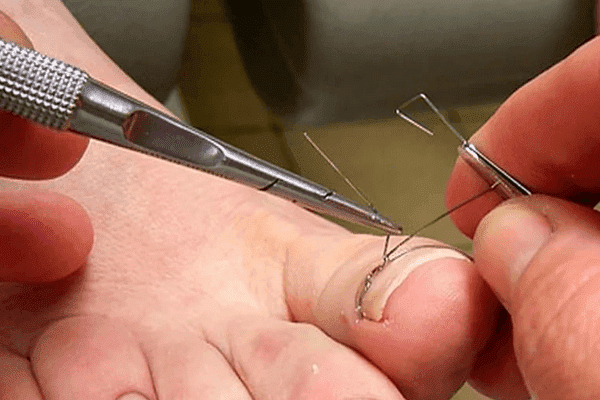
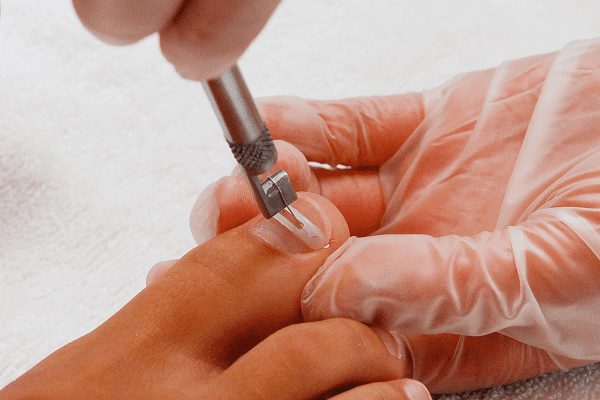
How to fix an ingrown toenail without surgery:
- The first way to solve the problem of a nail phalanx growing into adjacent tissues is to attach a metal thread.
- The second way to change the nail plate, thereby correcting its growth path, is to install a flexible correction plate.
- The third way to change the configuration of the nail and stop its pathological ingrowth is the reconstruction of the nail using the Arcade method.
All three methods of correcting the nail plate are aimed at forcibly changing the bend of the nail plate in order to prevent injury from the edges of the nail of the nail roller, but differ in the modifications of the designs of corrective devices attached to the nail plate and in the methods of their attachment to the nail surface.
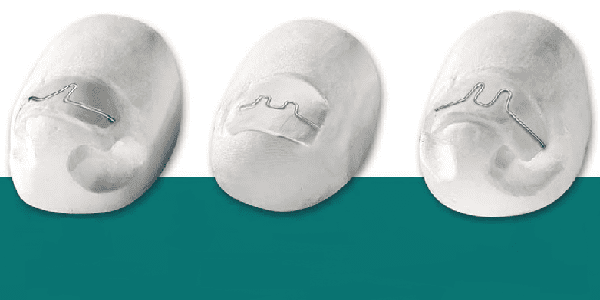
A fastener made of a metal thread - wire (Podofix) is a metal wire frame made of various high-strength alloys: titanium-nickel, chromium-nickel or an alloy of medical steel with a gold coating - an alloy of varying degrees of thickness (and hence the elasticity of the wire), which makes it possible to for some time, to gradually level the bend of the nail plate and change the elasticity of the frame, which exerts forced pressure on the nail plate, to weaken this pressure as the desired effect is achieved. After a few weeks of treatment, the metal brace is removed from the nail, and the nail plate begins to grow on its own without pathologies.
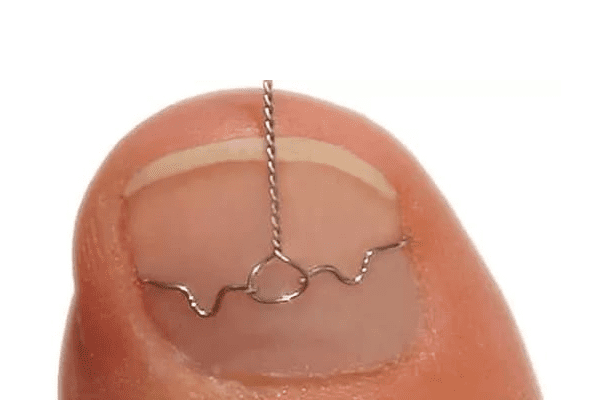
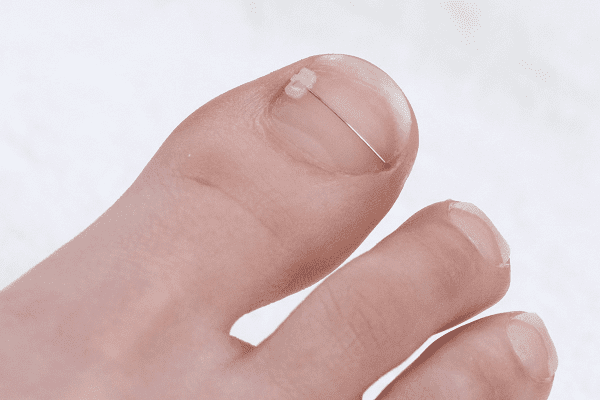
The staples are attached to the sides of the nail plate with hooks or special bio-glue, do not injure the nail, gently straighten its bend and differ in the multidirectional action on the nail. Fastening the wire frame in the case of a short nail plate or small nails is carried out by attaching hooks to the sides of the nail or gluing plastic pads to the nail rolls or sides of the nail.
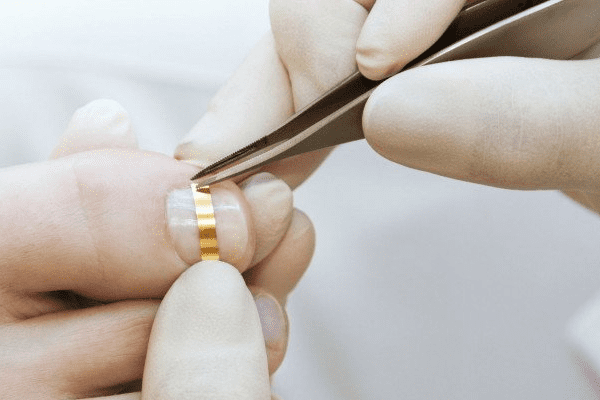
The techniques differ in the design of the wire frame and the possibility of one-time fastening of metal frames with a step-by-step adjustment of the wire tension, or carrying out corrective procedures in several stages with the removal and replacement of the frame with a more gentle pressure on the nail plate.
The second way to align the nail plate is with the help of an elastic plate made of metal or acrylic, which is applied to the deformed nail, glued or fixed by the institution to the lateral edges of the nail and, by unbending the plate itself, pulls the nail plate along, straightening its edges and forcing the nail gradually acquire the correct shape and direction of growth. The podiatrist (the doctor who corrects the nails) has an assortment of standard sizes with an individual selection of plate sizes to fit the nail, or sliding metal plates are used.
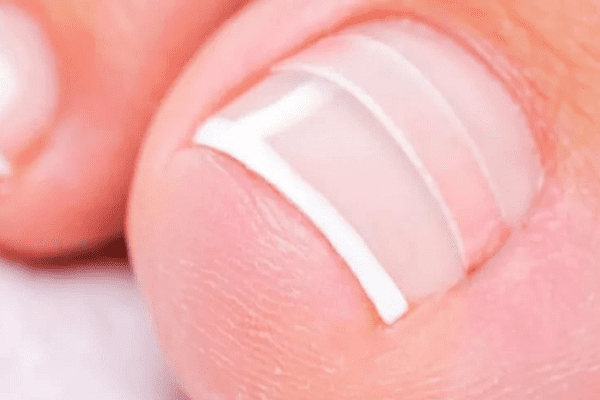
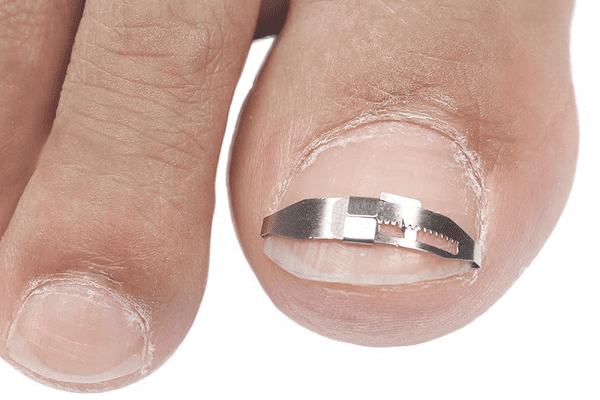
The third way Arcade is a combination of several ways. The technique resembles the method of acrylic nail extension, but is used not to restore the length and thickness of the nail plate, but to straighten it. The nail extenders hold the plate on the sides, and the acrylic mass, applied to the problem nail, forcibly straightens its surface. The method has practically no contraindications, with the exception of infectious lesions of the nail and adjacent tissues.
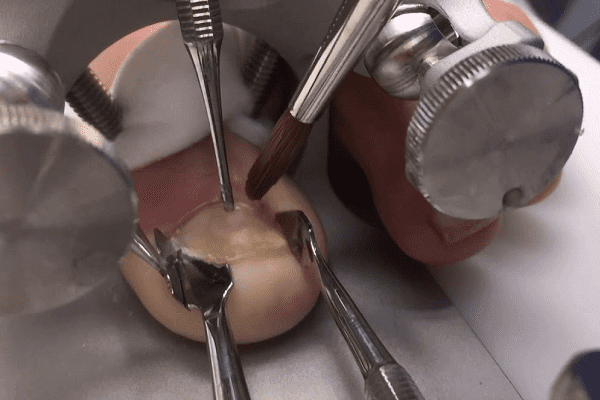
The corrective nail plate and the Arcade make it possible not only to solve the problem of ingrowth of the nail plate into the thickness of the tissues, but also to straighten the nails (straighten curling and bending nails).
Contraindications to the use of mechanical methods of aligning the nail plate can be diabetic ulcers, lesions of the nail plate or periungual area, fungal infection, acute recurrent skin diseases in the area of the nail plate and surrounding tissues, instability of the nail to mechanical stress (the nail should not crumble or exfoliate during action nail apparatus).
Methods of mechanical correction of the nail are not used during the period of injury to the tissues surrounding the nail (only after healing of soft tissues); the use of nail corrective devices is contraindicated even at the age of six years, when active natural growth and formation of the size of the nail plate occurs.

Read

Read



























